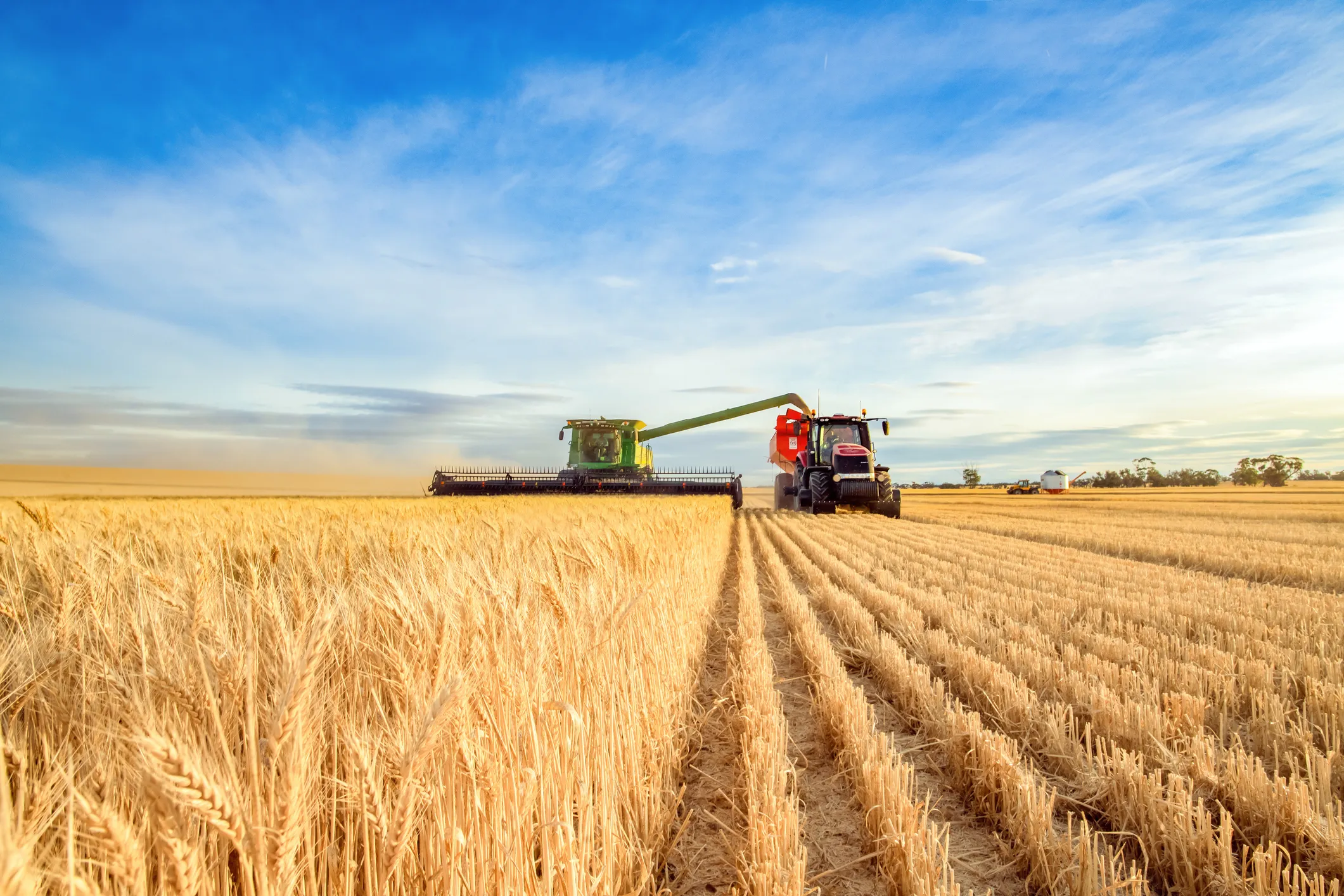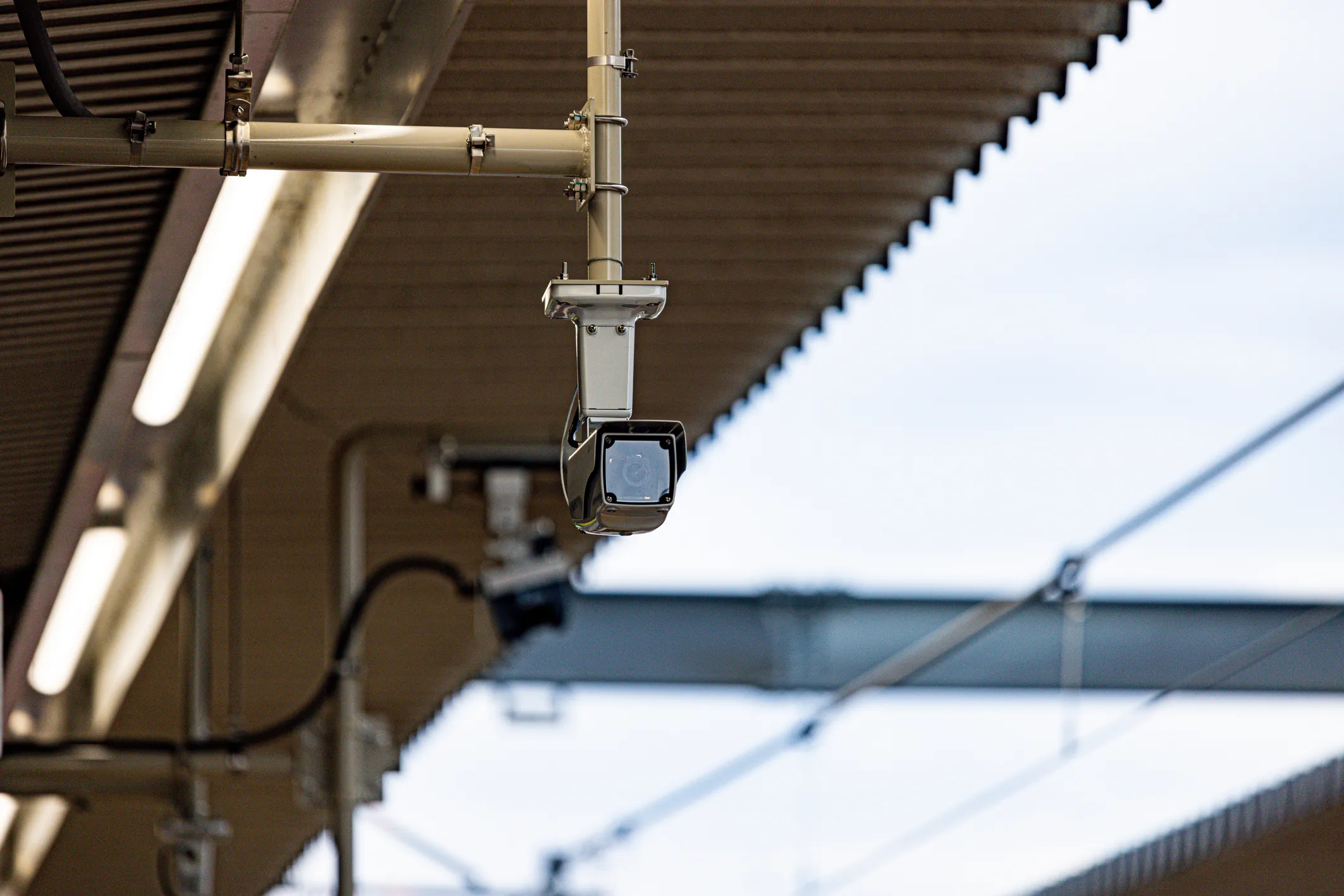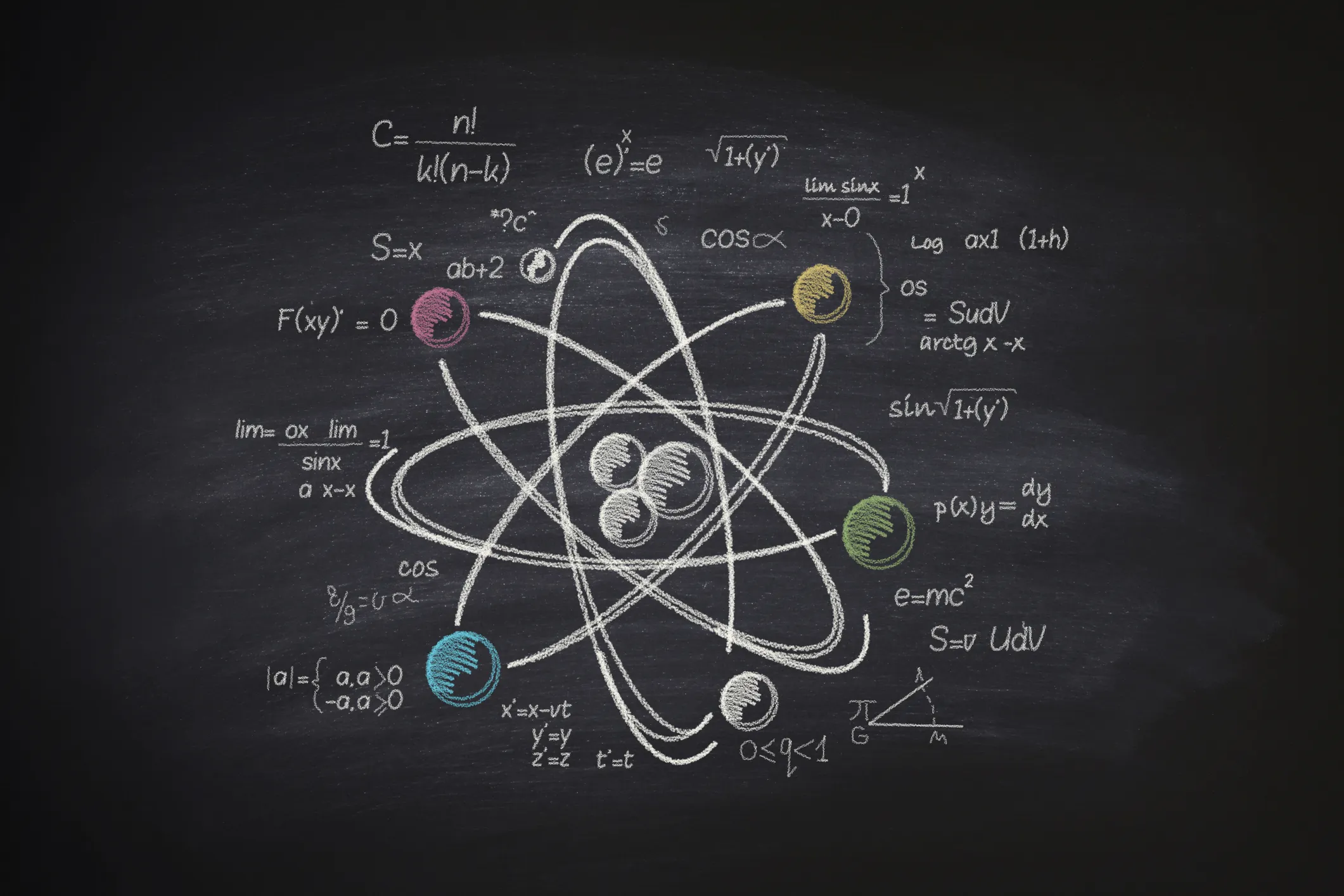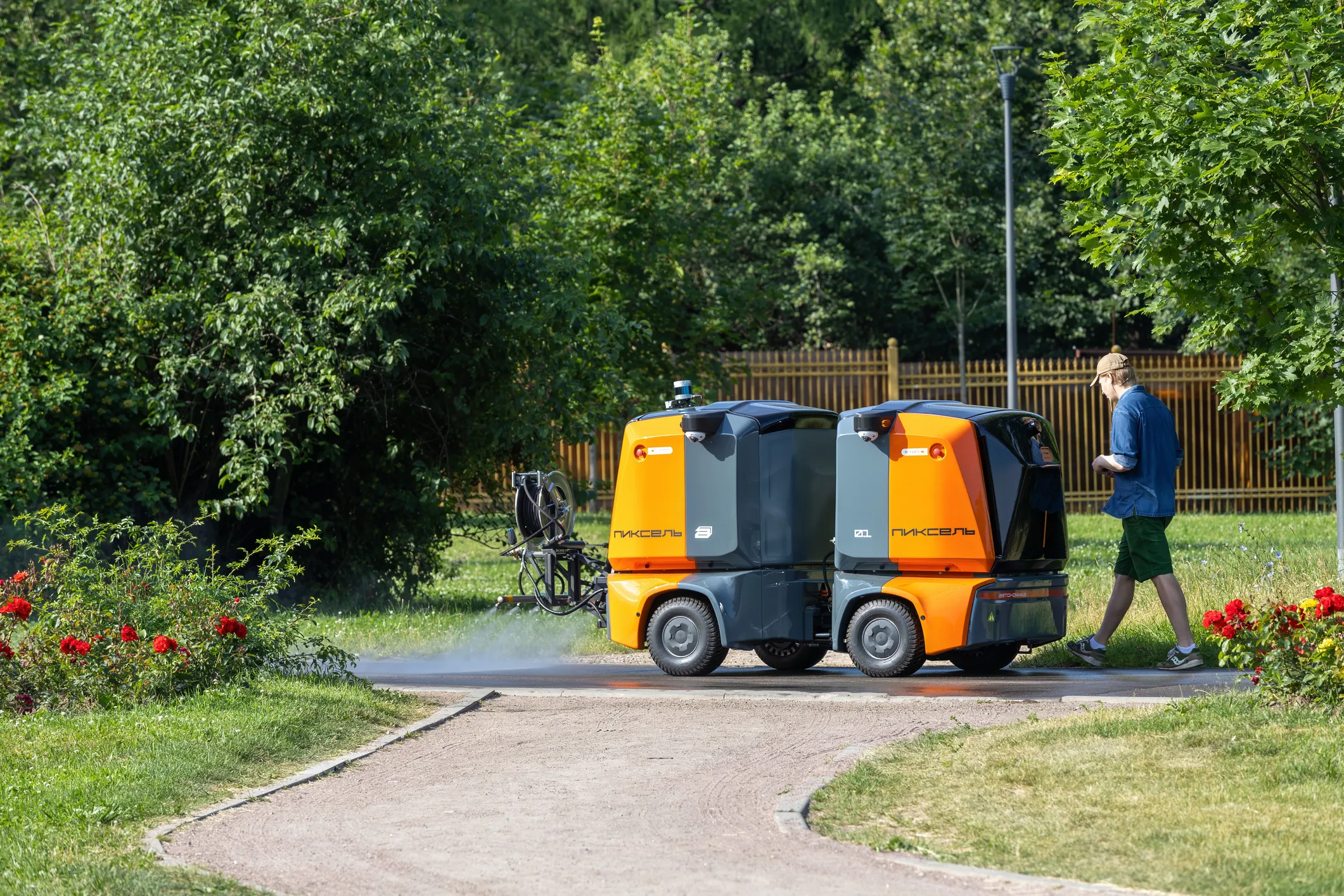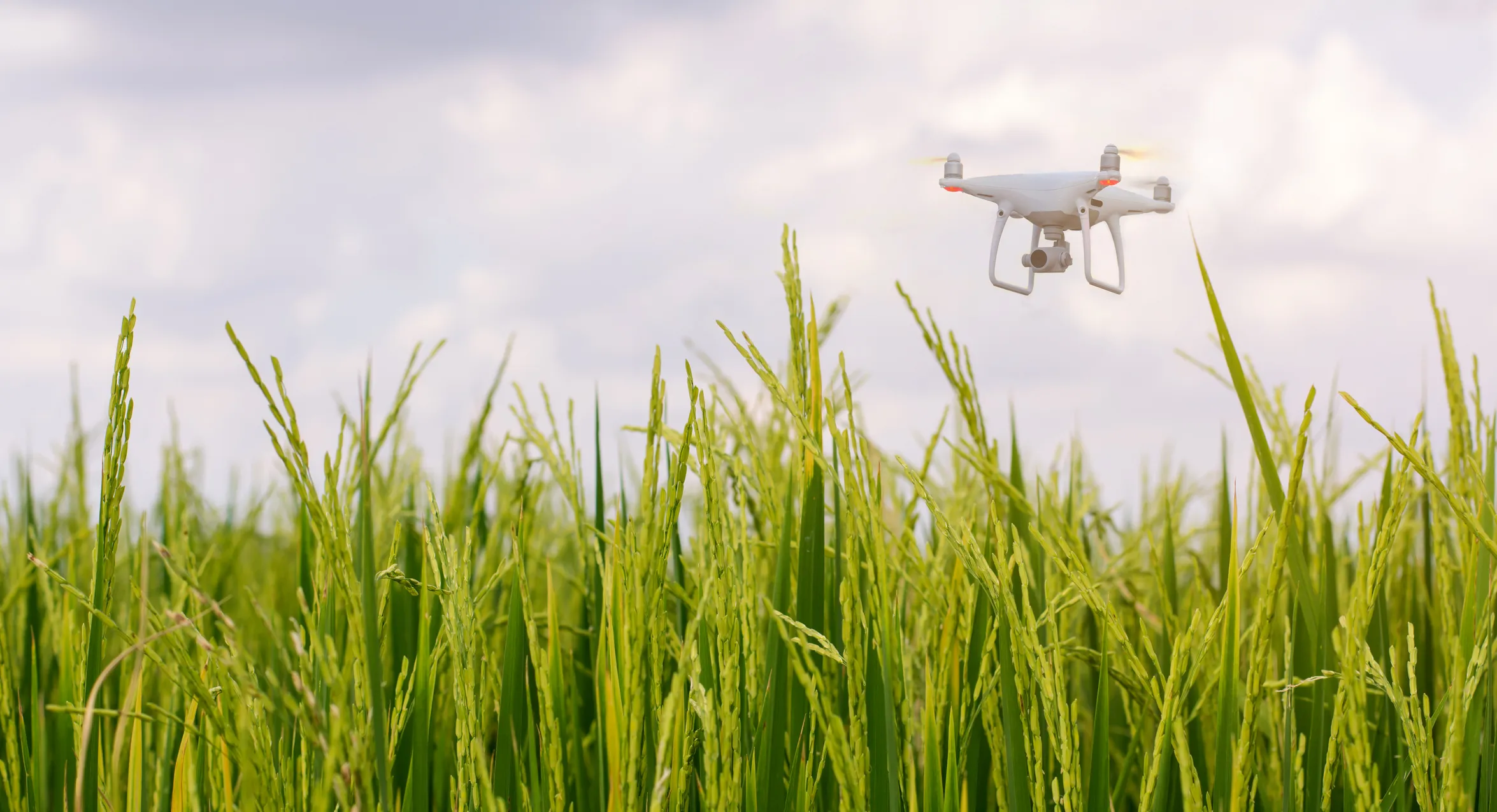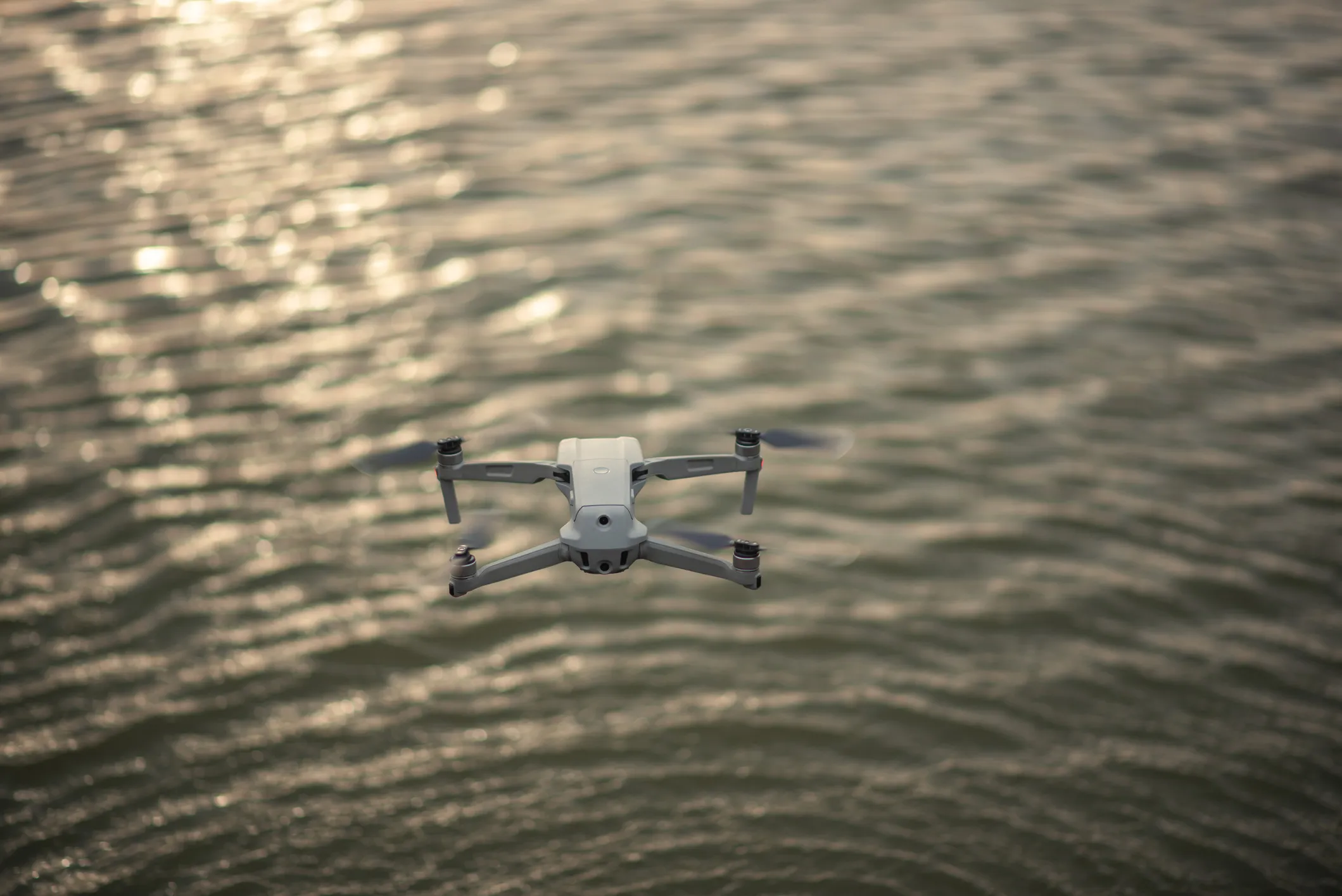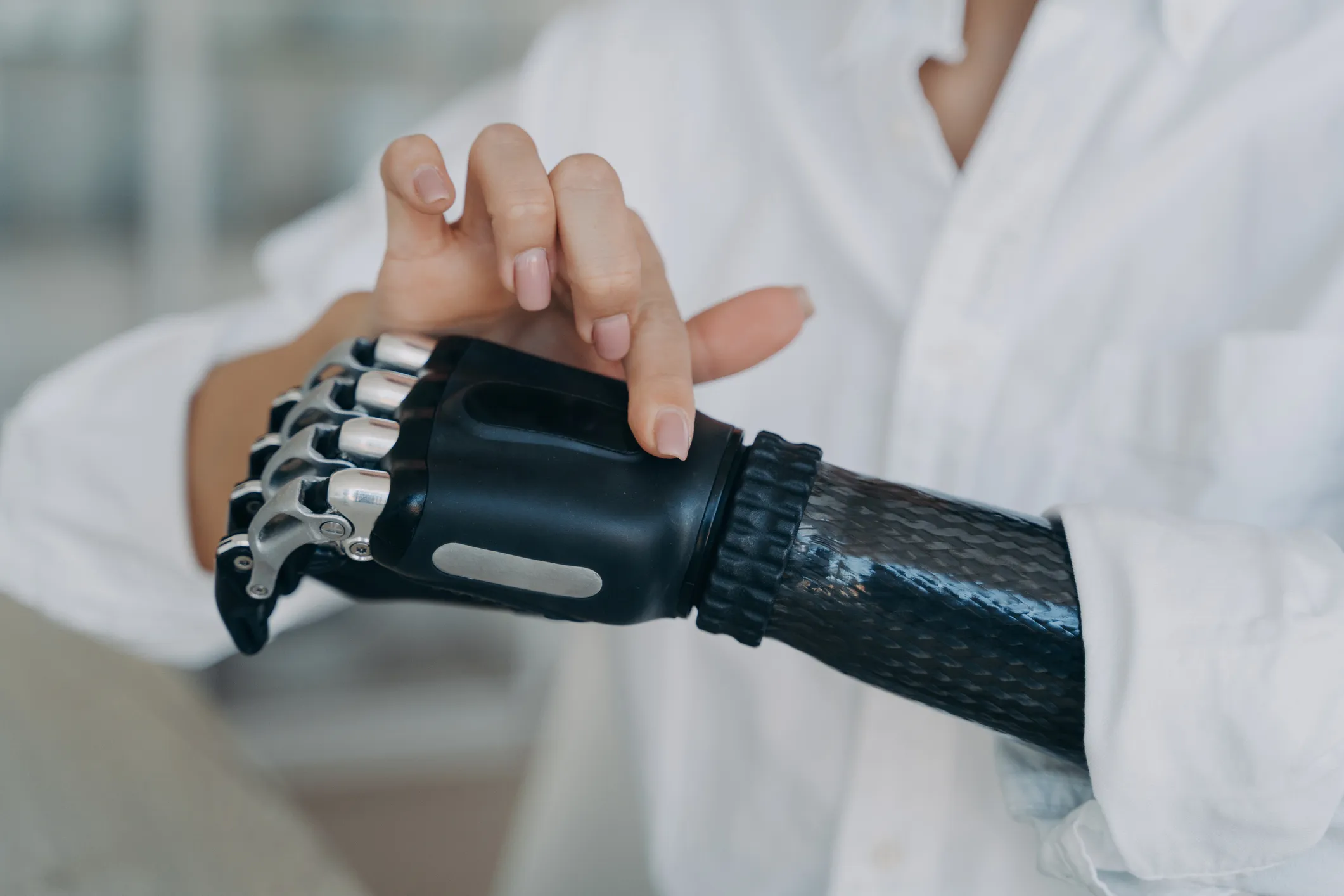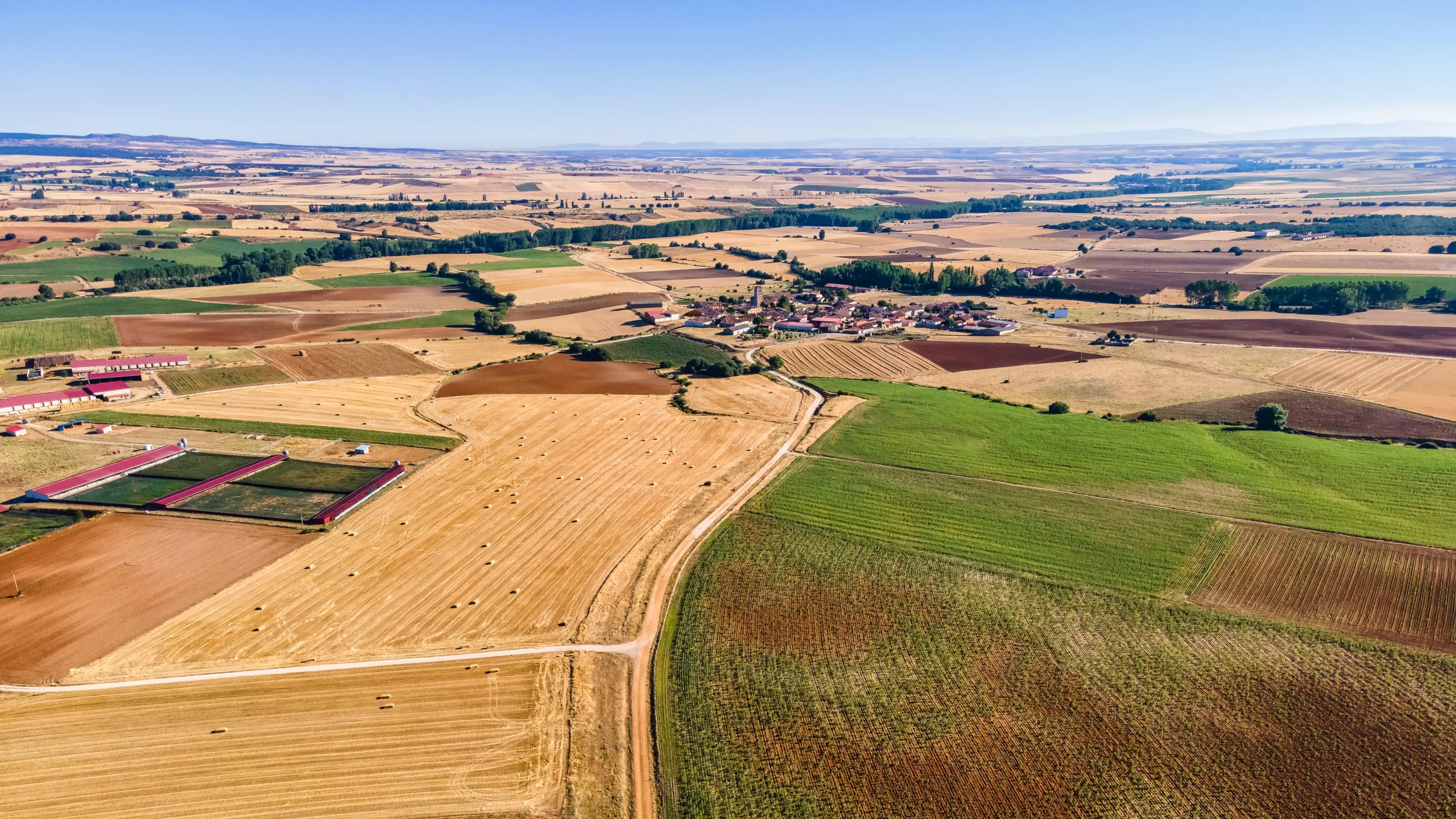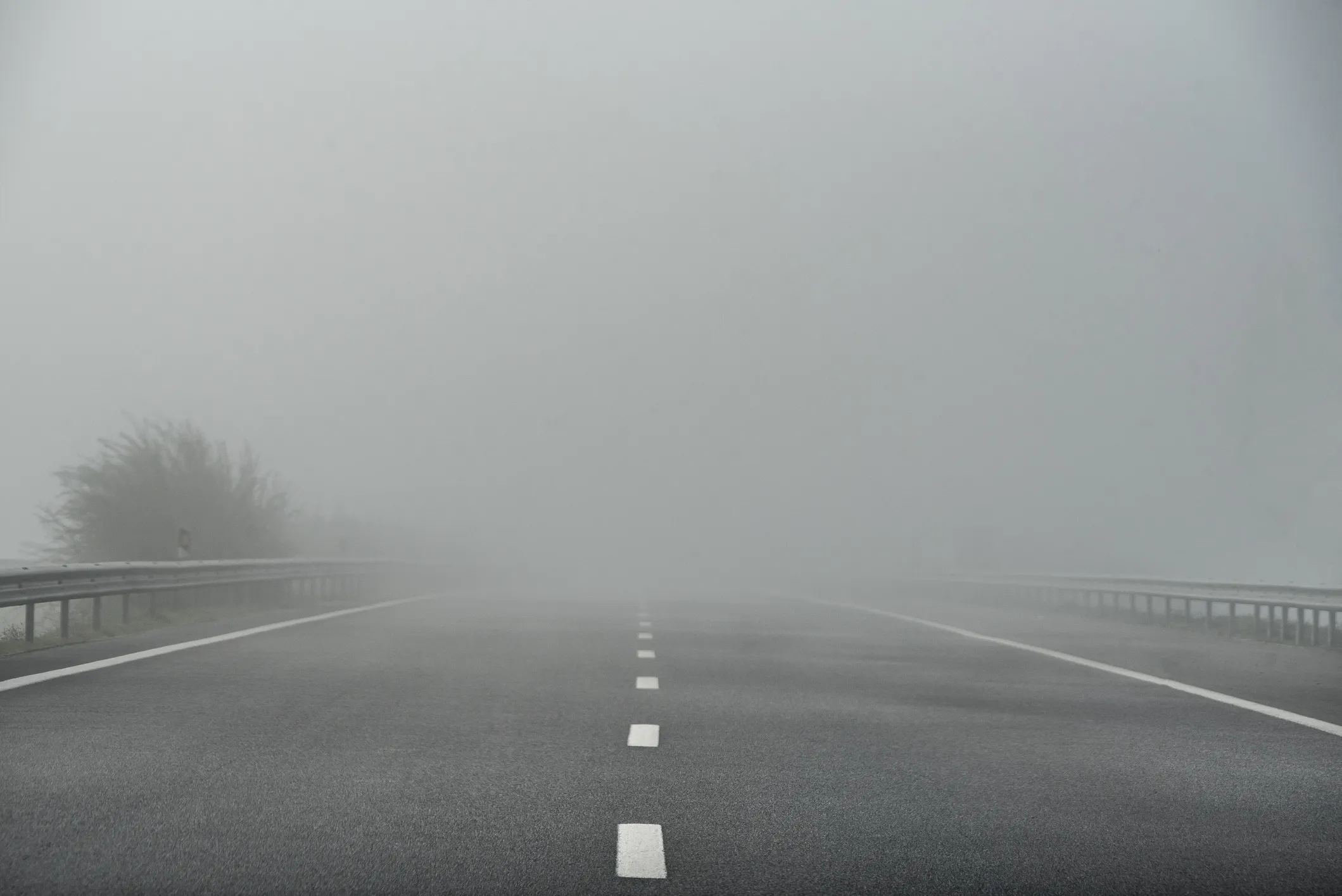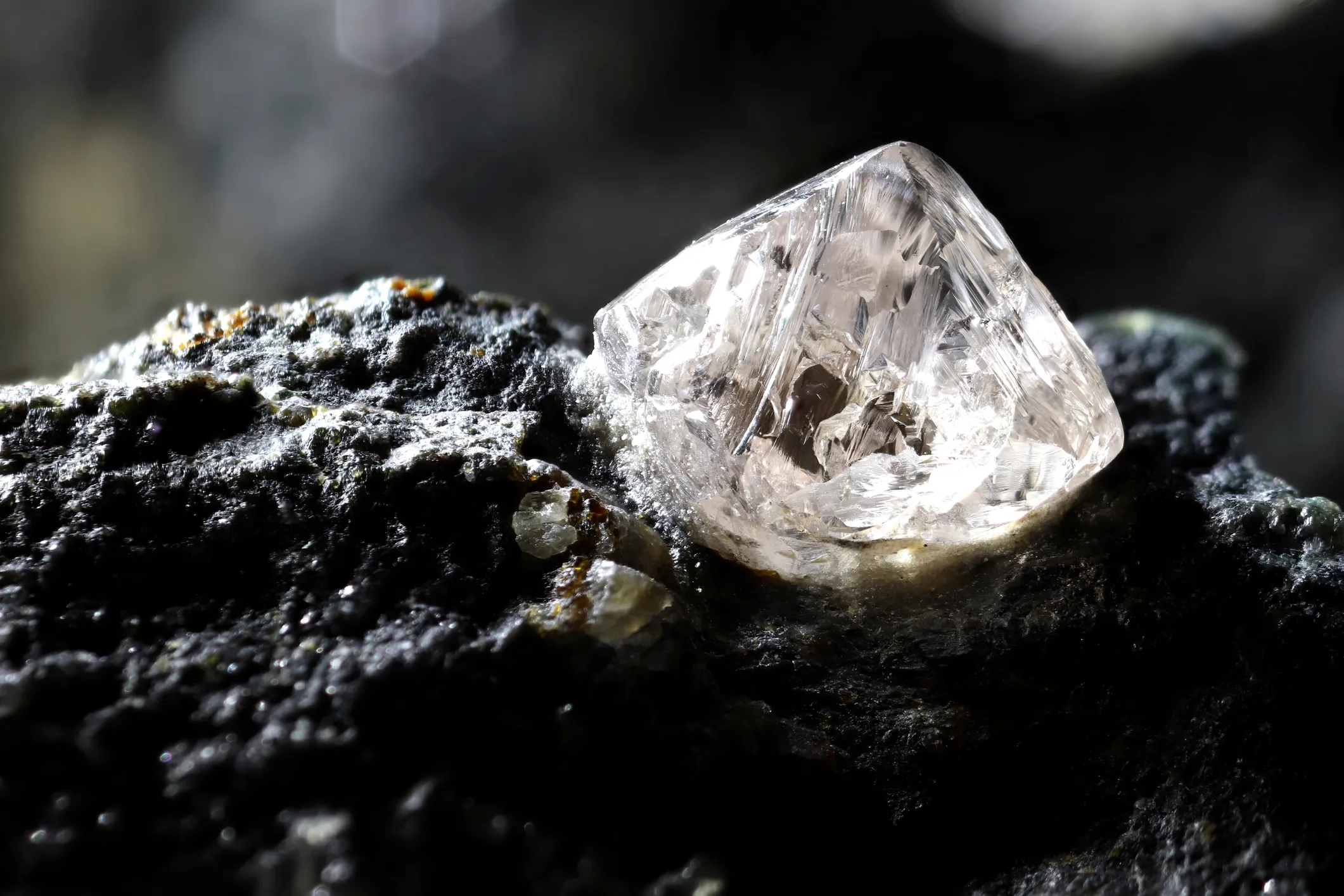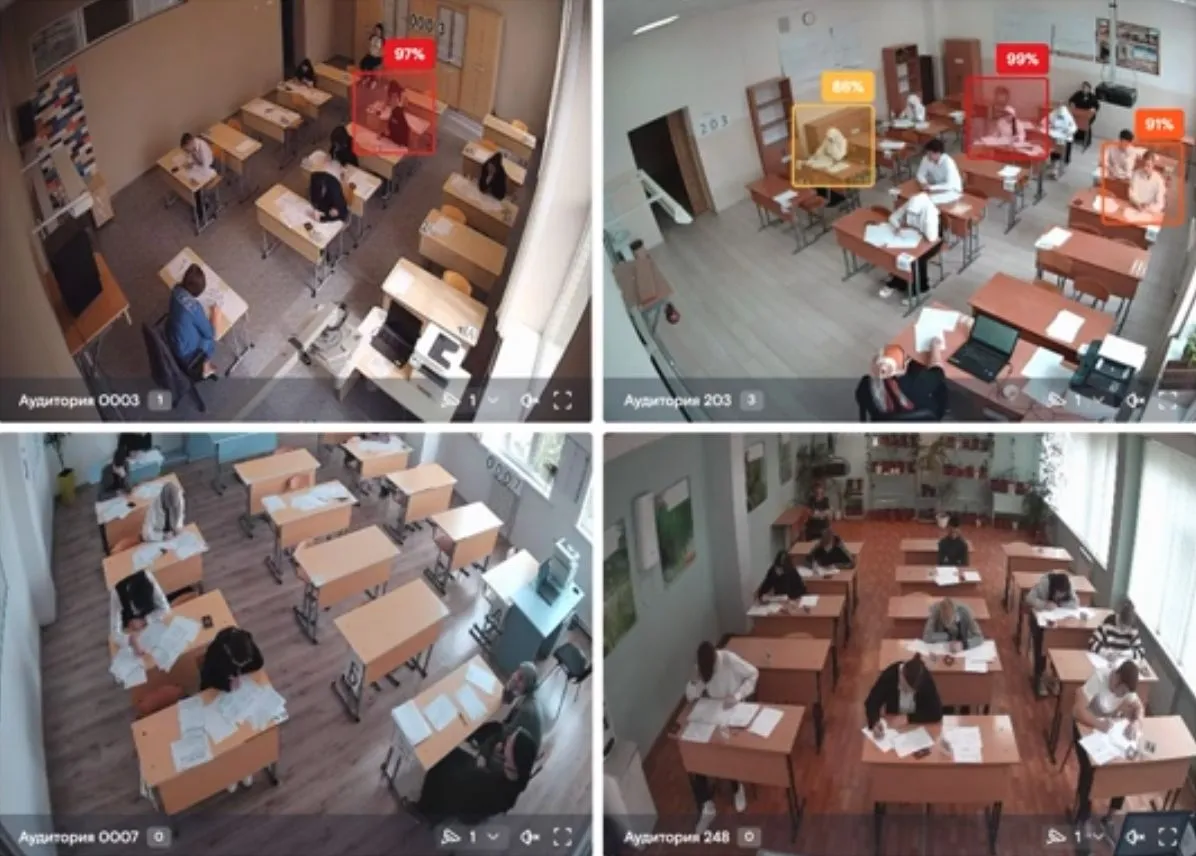In Russia’s Wildlife Reserves, AI Is Watching the Animals So Humans Don’t Have To
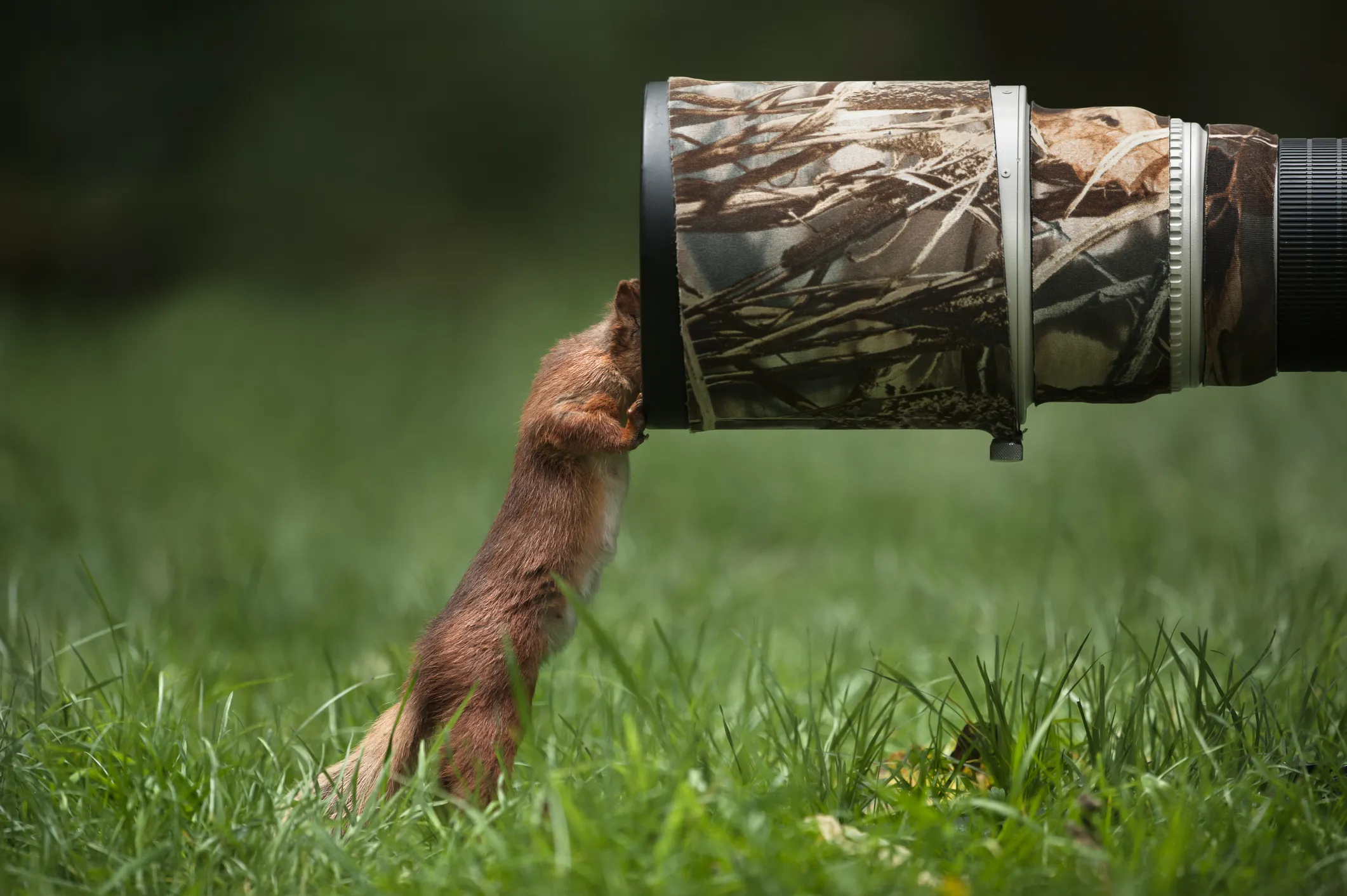
Neural networks are quietly transforming wildlife monitoring—and forest fire response—in one of the planet’s most remote ecosystems.
Deep in the forests of Russia’s Tver region, technology is quietly rewriting the rules of conservation. At the Central Forest Nature Reserve, scientists have deployed a new AI-powered photo-monitoring system that recognizes and identifies wild animals—automatically.
The system taps into neural networks and computer vision algorithms to analyze images captured by camera traps scattered across the reserve. As soon as a photo is taken, AI kicks in, tagging species, logging data, and flagging rare or endangered animals for review. It's a far cry from the painstaking, manual data-crunching conservationists once relied on.
The tech, developed in-house by reserve specialists, doesn’t just save time—it drastically increases both the volume and accuracy of ecological data. That’s a big deal in a place where monitoring wildlife populations isn’t just about science; it’s about survival. In an era of collapsing biodiversity, having precise, real-time insight into who’s out there matters more than ever.
And the applications don’t stop at wildlife tracking. The same AI is being trained to fight wildfires. It processes visual feeds from surveillance cameras and drones, scanning for early signs of smoke. When danger is detected, it alerts operators instantly. During active fire events, it monitors the spread, estimates the burn area, and even tracks the pace of the blaze.
It’s a glimpse into the near-future of ecology: less clipboard, more cloud. In Russia’s protected forests, AI isn’t replacing rangers—it’s turning them into something closer to data scientists.








